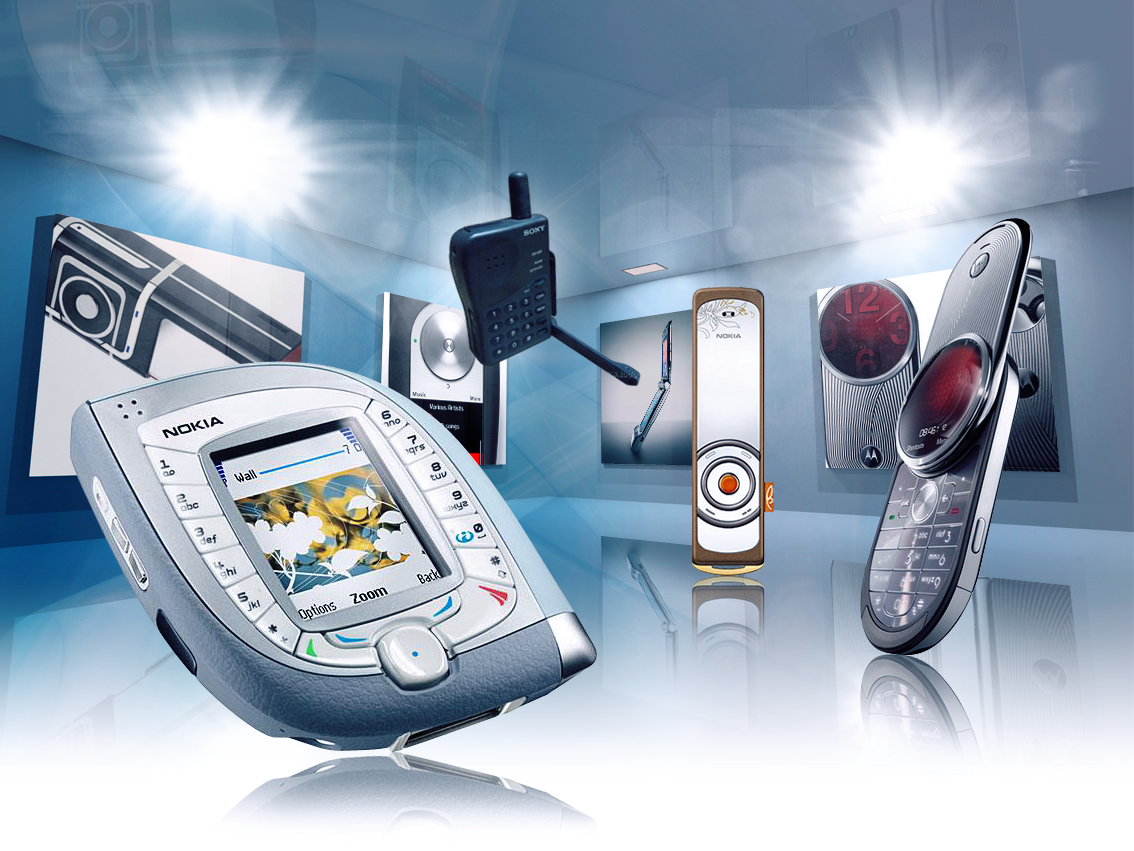Mobile by design
Guest blogger Dean Johnson, creative director at Brandwidth, explores the current landscape of mobile phone design and discusses the challenges faced by manufacturers wanting to compete with the iPhone.
I don’t care who knows it, I love my iPhone. Some would say my enthusiasm for all things Apple isn’t entirely healthy but my iPhone is rarely out of sight or mind in a business or social environment.
However, for all its endearing qualities, I miss the buzz of anticipation, that step into the unknown, that used to surround ‘upgrade time’. I know the next iPhone will be a better version of the current model. I know it will be tastefully, thoughtfully and sympathetically designed. I also know that Apple will produce something that all the other mobile phone manufacturers will spend the next product cycle trying to replicate.
I remember when mobile upgrades used to provide me with genuine choice – not iPhone wannabes and the next iPhone. The major players: Nokia, Motorola and Sony Ericsson had their own design language and were happy to experiment with colour, texture, materials and form.
Three years ago Nokia led the creative challenge with models such as the 7200, an elliptical handset with a mixture of materials that made a design statement worthy of its Conran shop launch. Then followed a range of ‘lipstick’ phones that seemed to laugh in the face of convention (and practicality) and felt like a glimpse of the future. Around the same time, Motorola brought us the ultra-thin, desirable, metal handsets of the RAZR series. This was all way before Apple even entered the market.

I’m relieved to see how Motorola’s new model, the Aura is carrying on that tradition even if this a high-cost, low-volume mobile taking on Bang & Olufsen and Vertu, rather than the mainstream market.
For the rest however, competing on features isn’t enough. Telling me the camera in your new smartphone has more megapixels or there’s a larger solid-state drive is like saying your favourite competitor in the 100m has six extra toes. This doesn’t mean he’s a better runner than Usain Bolt, just that he’s got more toes. It’s technique and attention to detail that win both on the track and in the mobile arena. And whereas the handset used to maketh the man, today it’s the operating system: Apple’s iOS, Google’s Android, Microsoft’s Windows Mobile, Nokia’s Symbian. This is why UI designers now have such an important role to play in the purchasing decision.
So where does that leave the product designer? It’s time to get flexible and personal – literally. Flexible screen technology will provide the moving canvas the current crop of smart phones lack. From Apple, I’d expect to see an iPhone that folds out to the size of an iPad. From everyone else, I’d be happy to see something the size of a watch transform into a surface area the size of a smart phone. Designers will then need to inject some personality into their handsets so we’re once again able to choose with our hearts as well as our heads.
If Apple’s competitors are still in business in five years, it will be because they have adopted a strategy of pioneering creativity rather than slavish replication. Even I don’t want to live in a world where everything is made by Apple.





I spent 15 fantastic years working for Nokia – it was a privilege to be part of something special at Nokia, but also on a broader level within the world of communications.
Yes we designed some crazy and exotic phones, but we also designed some iconic phones which we may take for granted today, but we significantly changed the way we communicate.
Unfortunately for Nokia it’s OS (Symbian) is an achilles heal that is really hurting at the moment….. I just hope it can adapt and stay in the game.
As for Apple, Android etc…. yes today it is all about the quality of the OS and UX, however the game is changing and next big step change will be a full cloud based mobile experience, an experience which will not be about one single device.
it will be an experience which is able to jump form one screen to another depending on where you are and what you are doing.
Nokia, Samsung, LG, Motorola etc… all have brilliant teams of very talented product and UX designer, all capable of ‘pioneering creativity’… whatever that means!
The issues that they really need to address if they are going to be around in 5 years are
• their ability to be brutal with their current portfolio, focusing on quality and not quantity.
• to consolidate for the short game and be more aggressive for the long game…. i.e. invest aggressively in cloud based UX, service, apps and enablers.
• the CEO / Senior Management must, must, must put the consumers experience at the top of their agenda… they need to have an ‘Extraordinary’ consumer experience.